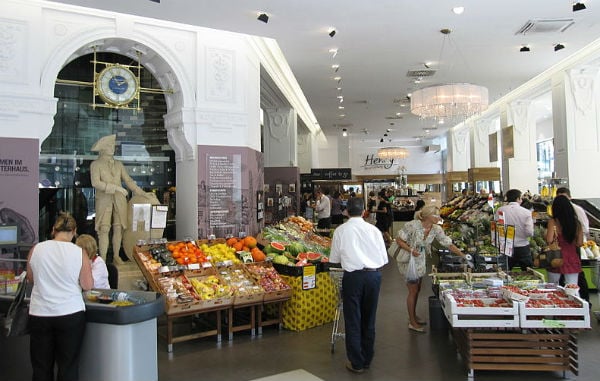Inspectors from Slovakia’s State Veterinary and Food Administration (ŠVPS) tested a range of 22 food items sold in retail chains in Bratislava, and in the Austrian border towns of Kittsee and Hainburg in November and December 2016.
They selected various kinds of food, including dairy, meat and fish products, chocolates, baked goods, cheese and drinks. They checked information on the packaging about the composition and weight in grams, and also analysed the colour, flavour and smell of the food.
The inspectors focused on quality parameters like the content of meat, fats or proteins (depending on which product was tested), and additional substances such as sweeteners and colouring.
“Up to one half of the products contained differences that significantly impact their quality,” Slovakia’s Agriculture Minister Gabriela Matečná said at a recent press conference.
The products sold in Slovakia had a lower proportion of meat, and a higher proportion of fats, more artificial sweeteners and preservatives, and a lower weight in grams, she added. Matečná has promised to raise the issue with the European Commission.
However, the Lidl supermarket chain cast doubt on the selection of some of the foods analysed, claiming that in case of ham, the inspectors had not tested the same product. They bought braised ham in Austria, but cooked ham in Slovakia. The inspectors listed the ham among products with only little differences.
According to the EU Commission, as long as EU legislation on labelling and safety is respected, products can differ from one country to another. As a result, companies can use different ingredients and sell their products at different final prices.
According to Eurostat, Austria is the third most expensive place in Europe to buy groceries, just behind Sweden and Denmark.



 Please whitelist us to continue reading.
Please whitelist us to continue reading.